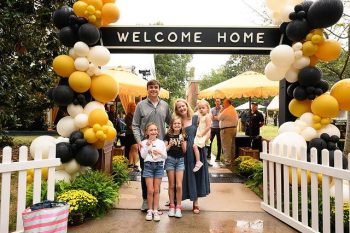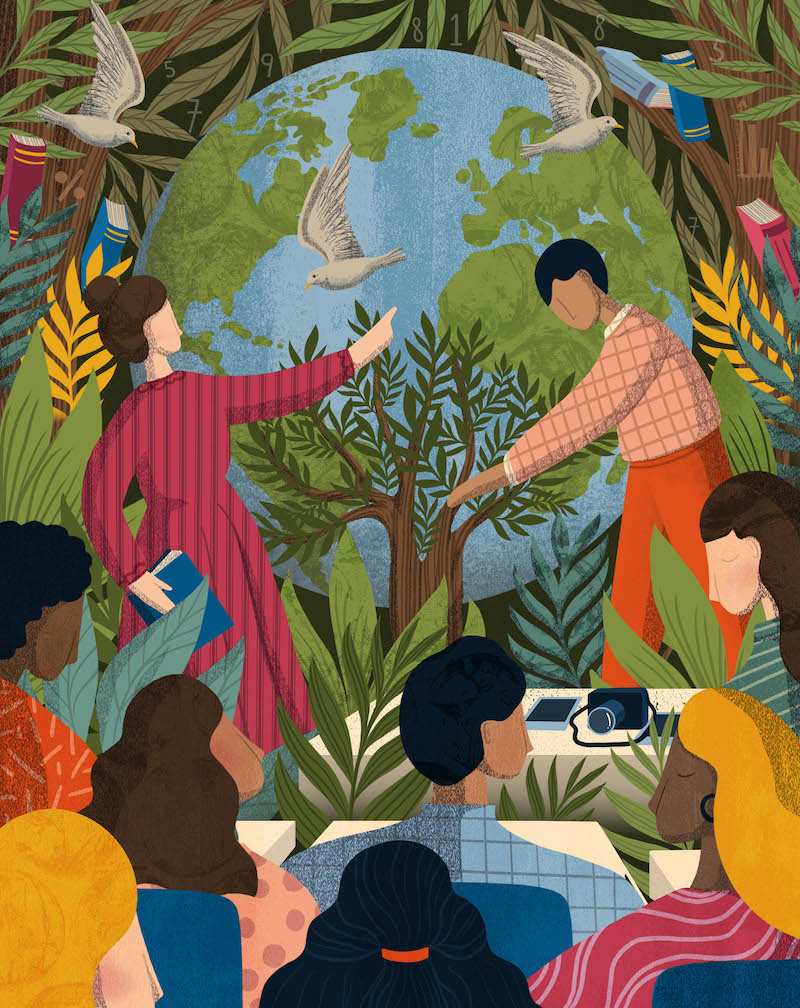
If you’ve ever wondered about the ways Wake Forest faculty prompt students to contemplate nature, peruse the course listings. You might find yourself impressed, as I was, by the array of courses across disciplines that address some aspect of the environment. They range from Bird Taxonomy to Environmental Anthropology to Environmental and Natural Resource Economics to Sustainable Organizational Management.
Online, you can read how the University heralds its faculty’s research and public commentary on such things as the increasing heat wave stress on pollinators, the destruction of the Amazon rainforest and the biodiversity crisis as a human rights issue. Teacher-scholars are posing research questions for their students and guiding them to deeply consider their relationship with the natural world. In what follows I offer a sampling of courses and highlights from my conversations with a few of the professors, who also shared what inspires their teaching. Excerpts have been edited for clarity and brevity. — Maria Henson (’82)
Lauren Lowman
EARLY INSPIRATION: Fascinated by weather patterns, Lowman wanted to be a meteorologist when she grew up. Her studies led her instead on a nontraditional path, to degrees in public policy with minors in Spanish and Italian but later, thanks to interest sparked by a statistics class, to advanced degrees in civil and environmental engineering. Along the way, she says, “I rediscovered my love for the environment and climate issues and especially seeing how math and physics can be used to model climate systems.”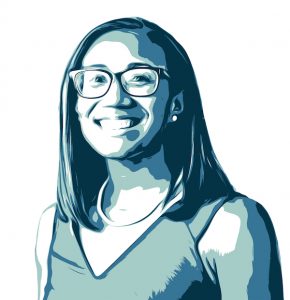
SPOTLIGHT CLASS: Hydrologic and Hydraulic Engineering: Human and Hydrologic Modeling of Flood Responses (also known as Hydro Ethics), co-taught in 2021 with Joseph Wiinikka-Lydon, then a fellow in the Program on Leadership and Character with a Ph.D. in religion and ethics. Students had hands-on experience evaluating flood risk for the Muddy Creek Watershed in Winston-Salem. They evaluated the societal impacts of water-related issues, analyzed ethical challenges communities face and highlighted the effects that such issues have on individual moral development. Final projects included mapping of flood risks with an overlay of socioeconomic data, describing their prescribed hydrologic modeling frameworks and showing the equations used in their analyses.
“The real learning objectives were to understand the complexity of issues and how they affect people in communities and look at specific case studies within our city of Winston-Salem. Getting the students to meet people around the community, people in municipal government, people who live here (and) historians to really understand all these different dimensions of the city and how people connect to and are impacted by water issues.”
“On the first day we went to the MUSE Winston-Salem museum and talked to (Executive Director) Mike Wakeford about the role water played in how the city came to be and why it looks the way it does. The early Moravians came here for the freshwater springs. … We learned how (springs) got rerouted and concreted over.”
• • •
“People forget Silas Creek and Peters Creek parkways are named after the creeks that run next to them that you don’t (typically) see. You don’t think about it. Maybe you just think it’s drainage, but it’s actually a small stream.”
• • •
“We ended up talking for the rest of the class about flooding issues around the city (and) who are the people most affected by flooding issues, why historically you get flooding in those areas because of the changes we’ve made in the landscape here. And then talking about the future — predictions being that you’re going to have more extreme rainfall events. What does that mean for the people in certain areas?”

Ron Von Burg (P '14)
EARLY INSPIRATION: He’s been interested in how scientific arguments play out rhetorically, particularly in discourse around climate change. His research interests include public discourse, public debate around religion and science, sustainability studies and science fiction film studies.
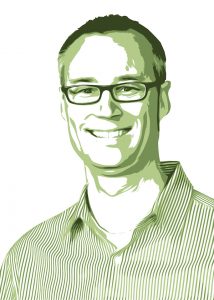 SPOTLIGHT CLASS: Humanity and Nature. Since he started teaching the class nine years ago, he’s experimented with different approaches. In the early days, the class featured role playing, and students put humanity on trial for crimes against nature. They played different stakeholders — human or nonhuman — in the law school’s mock courtroom. The next iteration was “to interrogate the ‘and’ in Humanity and Nature”; most of the readings addressed those interactions. The recent version has featured time in the Campus Garden, extensive writing and reading assignments with, first on the list, Henry David Thoreau. In one exercise, they look at seed catalogs, and each student selects a seed to sow. Von Burg asks students to be mindful of what they see, feel and experience as they return to the garden to watch the seed grow. Eventually they will harvest the plant and write stories “from the plant’s perspective within the ecology of the Campus Garden.”
SPOTLIGHT CLASS: Humanity and Nature. Since he started teaching the class nine years ago, he’s experimented with different approaches. In the early days, the class featured role playing, and students put humanity on trial for crimes against nature. They played different stakeholders — human or nonhuman — in the law school’s mock courtroom. The next iteration was “to interrogate the ‘and’ in Humanity and Nature”; most of the readings addressed those interactions. The recent version has featured time in the Campus Garden, extensive writing and reading assignments with, first on the list, Henry David Thoreau. In one exercise, they look at seed catalogs, and each student selects a seed to sow. Von Burg asks students to be mindful of what they see, feel and experience as they return to the garden to watch the seed grow. Eventually they will harvest the plant and write stories “from the plant’s perspective within the ecology of the Campus Garden.”
What is college but to broaden one’s mind and to think through what it means to be a good person and a good citizen in this world? Well, one of the things to be a good citizen is to be a good citizen with nature. Everything points to being intentional, thoughtful, engaged and open. If that’s not the fundamental of the liberal arts, I don’t know what is. Everything leads to that in the experience in Campus Garden. They’re not learning a skill of agriculture. They’re learning a way to be with nature.”
“This semester we read ‘The Overstory’ (by Richard Powers). It’s fantastic, and we had a conversation about what is their favorite place on campus, particularly their favorite tree. My favorite tree — and there are many — is the magnolia that’s on this side (closest to Manchester Hall). It’s low. If you look inside of it, it’s so spread out. It’s a great place to climb. The thing I always remember (is) when we’re doing summer programs with elementary school kids, every single time you’re walking by there, you’ll just hear the tree with the laughter of children coming out of it. You can’t see them. You just hear the laughter. To me, it’s so beautiful.”
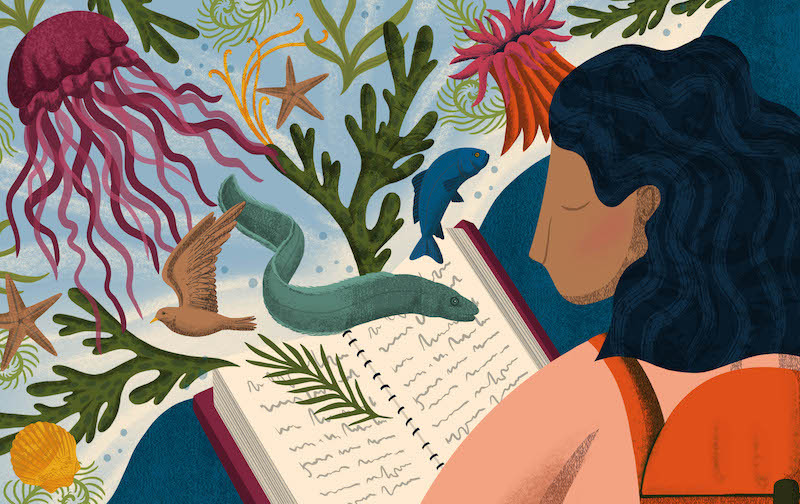
Judith Madera
EARLY INSPIRATION: Growing up in a family from Puerto Rico in which she was “first generation stateside” in Hartford, Connecticut, she became active in social justice movements in high school and interested in the environment. “I remember engaging with conservancy groups to do river cleanups in our punk attire,” she says with a smile.
What galvanized her most over time was watching as historic storms devastated places she loves in the Caribbean. “One of the things that has really struck me,” she says, “is that when you start losing places, you start losing the stories they contain. … It also works the other way around. If you start losing the stories of places, then the places can be expropriated — they can be rezoned, gentrified.” She feels a sense of urgency in teaching about the environment, a sentiment her students “are already attuned to. They’re really struck by 21st century extinctions, by the sense that they are inheriting a world that they want to see changed quickly.”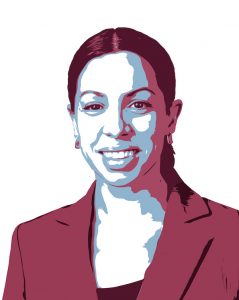
SPOTLIGHT CLASS: Literature and the Environment, which includes a capstone project in which students write their own “ecology of home.” It invites them to explore and write about such things as growing seasons, the types of soils and the source of their tap water in their hometowns. They research ways communities can respond to disaster and how at times those places emerge stronger. They read about Nobel Prize winner Wangari Maathai’s leadership on reforestation in Africa, geoengineering and debates over the sale of natural resources that have little or no processing on the world market, to name but a few topics.
“I try not to talk about environment as something out there as pristine nature. I think we’re all exhausted by this binary of human damage and pristine nature. I try to talk environs, the felt environment, the environment we are always interacting with and experiencing. Then things like vulnerability and exposure and the different shapes of social justice become all the more tangible, present.”
“I often begin with Rachel Carson as an avatar of the modern environmental movement. By the time she’s writing ‘Silent Spring’ (published in 1962), she’s ill but challenging the orthodoxy of a culture that says control of the environment represents human progress. She’s asking people to step back. She’s discussing the circulation of poisons in a system. She’s asking questions about control, and she’s coming into conflict with certain prevailing orthodoxies.
However, as much as I loved ‘Silent Spring,’ (I also assign) two books she wrote before that — one’s called ‘The Edge of the Sea’ (1955), which is an Eastern Seaboard ecology. This is a wonderful book to read because she looks at animals as transports for all different kinds of knowledges about environments. She traces ancient eels and sea birds. It’s illustrated and comes alive. My very favorite is ‘The Sea Around Us’ (1950). That book evokes magic. She looks at ancient seabeds, islands. … She’s so interested in tapping into her audience’s sense of wonder, and that becomes such an important vehicle for telling a story.”
Staci Hepler
EARLY INSPIRATION: In college her goal was to be a high school math teacher, but she became fascinated in a summer math program with speakers discussing real-world data that addressed scientific questions. That led her to graduate school to study statistics. What excited her was “the combination of the practical importance and the value that studying these environmental problems had on society with an interest in statistical methods.” Her research has expanded to include public health issues such as the opioid crisis.
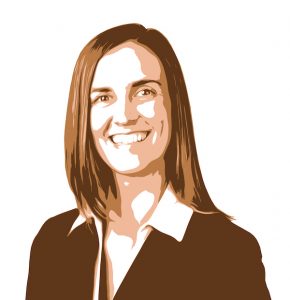 SPOTLIGHT CLASS: Applied Bayesian Statistics, incorporating some case studies and applications that relate to environmental science and ecology. (ScienceDirect.com defines Bayesian statistics as the study of uncertain events through the notion of probability.) She uses the data set from the long-running Snapshot Serengeti survey with students in early-level classes to model a binary outcome and in higher-level classes to tackle more advanced challenges to uncover flaws in models and dig into concepts like “imperfect detection.” She says, “It’s a fun application, and it gets students excited about how statistical methods can be used in environmental science.”
SPOTLIGHT CLASS: Applied Bayesian Statistics, incorporating some case studies and applications that relate to environmental science and ecology. (ScienceDirect.com defines Bayesian statistics as the study of uncertain events through the notion of probability.) She uses the data set from the long-running Snapshot Serengeti survey with students in early-level classes to model a binary outcome and in higher-level classes to tackle more advanced challenges to uncover flaws in models and dig into concepts like “imperfect detection.” She says, “It’s a fun application, and it gets students excited about how statistical methods can be used in environmental science.”
“When I arrived here, I started collaborating with Dr. Rob Erhardt in statistics and Dr. Michael Anderson in biology. Michael Anderson works with a project called Snapshot Serengeti. (He lists his research as the co-evolution that has occurred between plants and large herbivores in African savannas and the consequences of these interactions for the ecosystem processes.) There are a couple of hundred cameras spread out across Serengeti National Park in Tanzania. These cameras go off when they detect movement or when they detect something greater than ambient temperature. This is a citizen science project. Volunteers see these images and then classify them as what animals were detected. …
When (information) gets to the statisticians, we basically have a spreadsheet of a bunch of zeros and ones — ‘zero’ meaning these types of species were not observed in this location at this time. Or the ‘one’ means that a species was observed in that location in that period of time. One of the goals of our project is to understand how different features of the environment might explain why certain species are more likely to be in some geographical regions versus other geographical regions.”
“With Michael Anderson our focus is on migratory herbivores, so we do a lot of modeling of zebra, wildebeests and Thomson’s gazelles (to understand) their spatial distribution and the migratory patterns. Those species are known to have some relationships to each other as well. One of the challenges (of statistical modeling) is with the dependence (in the observations) across space and time, but there’s also dependence between species themselves. So, if you want to build a really good model for understanding migratory patterns of zebra, you should also probably jointly consider migratory patterns of wildebeests. And so statistically, it’s a challenging question of how to think about jointly thinking about these different things together.”
• • •
“These new applications in ecology are important for, as the environment changes, trying to understand what the implication on the species could be and how they relate to a changing environment.”
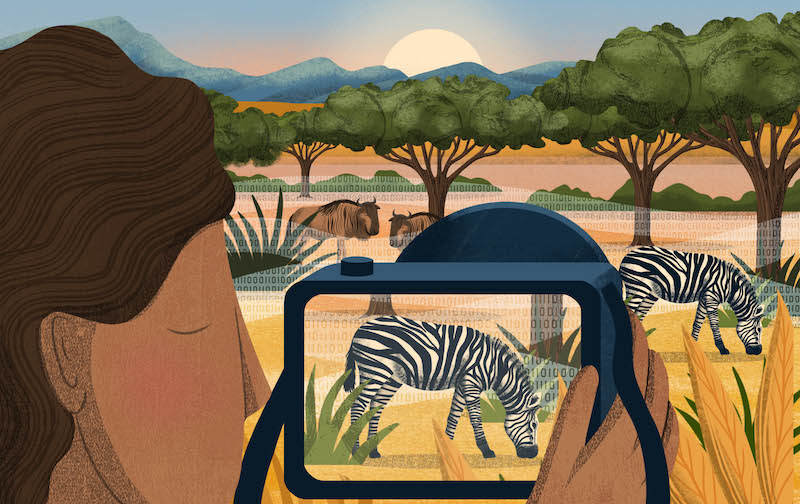
Stan Meiburg ('75)
EARLY INSPIRATION: His childhood didn’t feature exceptional outdoor excursions, but his ability to run organizations well led him to join and excel at the U.S. Environmental Protection Agency. (At Wake Forest, his major was politics. His M.A. and Ph.D. are from Johns Hopkins University.) He capped his 39-year EPA career, filled with regional leadership roles and awards, by becoming the EPA’s acting deputy administrator from 2014 to 2017. “I’ve had the gift of going to a lot of places where you can see remarkable things, all the way from the North Slope of Alaska to 800 feet underground in a coal mine in Kentucky and just how these different systems work,” he says. “I’ve gotten educated by a lot of really smart people, and it gives you a visual sense of the system as well as the things you read about analytically.”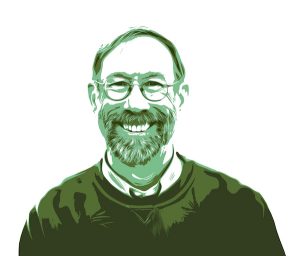
SPOTLIGHT CLASS: U.S. Environmental Policy and Politics, where he introduces students to complexities of policy generally and environmental policy in particular. He stresses how U.S. environmental laws are a structured set of laws adopted between 1970 and 1990; the U.S. program is “still a legacy” of that period. In a spring course, he takes graduate, undergraduate and law students to Washington, D.C., to meet with policy advocates, environmental regulators and legislative staff involved in environmental protection and sustainability.
“My biggest issue with students now is (for them) not to succumb to despair. There are some immense challenges we have out there. You can’t make light of that. And it’s going to require not just individual changes but really systemic changes. And (I teach) that sustainability is not just environmental. It is also social. It is also economic. All these elements are blended together in thinking about sustainability because to be sustainable, activities have to make it work on all those levels.
The metaphor I use: the first sort of level is economic, but that’s surrounded by society, because the economy of a community exists at the sufferance of society, but society exists at the sufferance of the environment. If the environment is not right, it doesn’t matter what social structure you have. As my son (a naturalist nonfiction writer) says, ‘Nature doesn’t care what you think.’ They are all related, and they all have to work.”
“I use this in class: In 1970 when the Clean Air Act was passed, it required a reduction of 90% in pollution from automobiles by 1975. Well, nobody had any idea in 1970 when the act passed how they were going to do this. In fact, the experts said this was crazy, that you couldn’t do this, … that to make this work you are going to have to have a computer in your car. … They didn’t get there by 1974, but by 1994 they did. And now cars are far cleaner. … It’s really a great story. … (Along with the reduction in air pollution in major cities) that gives you hope you can succeed at other things, too.”


